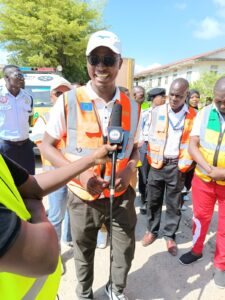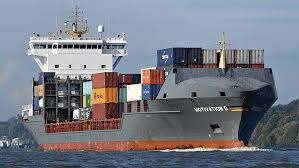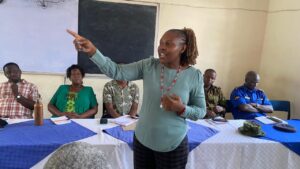Valleys to Oceans: Maritime Training is Transforming Lives in Kenya’s Hinterland

Principal Secretary State Department for Labor and Skills Development Mr. Shedrack Mwadime inspecting guard of honor mounted by Bandari Maritime Academy students (Photo/ Courtesy)
By Andrew Mwangura
Email, thecoastnewspaper@gmail.com
In a remarkable testament to Kenya’s innovative approach to skills development, today’s graduation ceremony at Bandari Maritime Academy marked more than just academic achievement—it represented a profound transformation of lives and livelihoods.
As 24 trainees from the Kerio Valley region received their certifications in Standards of Training, Certification and Watchkeeping for Seafarers (STCW), we witnessed the embodiment of what targeted education can accomplish in bridging opportunity gaps between Kenya’s diverse regions.
The significance of this training cannot be overstated when viewed against the sobering statistics of Kenya’s inland waterways.
Lake Victoria, shared by Kenya, Uganda, and Tanzania, has historically recorded 3,000-5,000 deaths annually due to water accidents, with 200-400 boat incidents reported yearly before recent safety improvements.
Meanwhile, Lake Turkana, though having lower traffic volume, has seen approximately 50-80 water-related fatalities annually, with strong winds and sudden weather changes contributing to roughly 40% of accidents.
The graduates—formerly known primarily as divers from the Baringo-Elgeyo Marakwet border and Cheploch Gorge—have now been equipped with internationally recognized credentials that open doors to employment opportunities not just within Kenya’s emerging Blue Economy, but across the global maritime sector.
This transition from informal, localized skills to formalized, exportable expertise represents precisely the kind of educational transformation Kenya needs to address its persistent unemployment challenges.
What makes this initiative particularly noteworthy is its recognition of existing talents. These individuals didn’t begin as blank slates—they were already skilled divers, intimately familiar with aquatic environments.
The program, spearheaded through collaboration between Charlene Ruto and the Ministry of Labour and Social Protection, wisely built upon this foundation, channeling existing aptitudes toward professional certification.
This approach acknowledges and validates indigenous knowledge while creating pathways to formalized careers—a model that deserves replication across other sectors.
Alarmingly, prior to recent initiatives, less than 30% of boat operators on the Kenyan side of Lake Victoria had any formal maritime training, while that figure dropped to below 15% for commercial vessel operators on Lake Turkana.
The majority of accidents (70-80%) on these waters were attributed to preventable causes: overloading, poor vessel maintenance, and lack of proper safety equipment—all issues directly addressed by the STCW certification these graduates have now received.
Principal secretary Shadrack Mwadime’s presence at the ceremony underscores the government’s growing recognition that skills development isn’t merely a sidebar to economic policy but a central pillar.
Too often, discussions about employment focus exclusively on job creation without adequate attention to workforce preparedness.
This initiative demonstrates how strategic investment in human capital can address both sides of this equation simultaneously.
The graduation ceremony also highlights the critical importance of institutional partnerships.
When BMA chief executive officer Dr. Eric Katana expressed commitment to expanding such collaborative training initiatives to other regions, he acknowledged an essential truth: no single entity—be it governmental, educational, or private—can independently address Kenya’s skills gap.
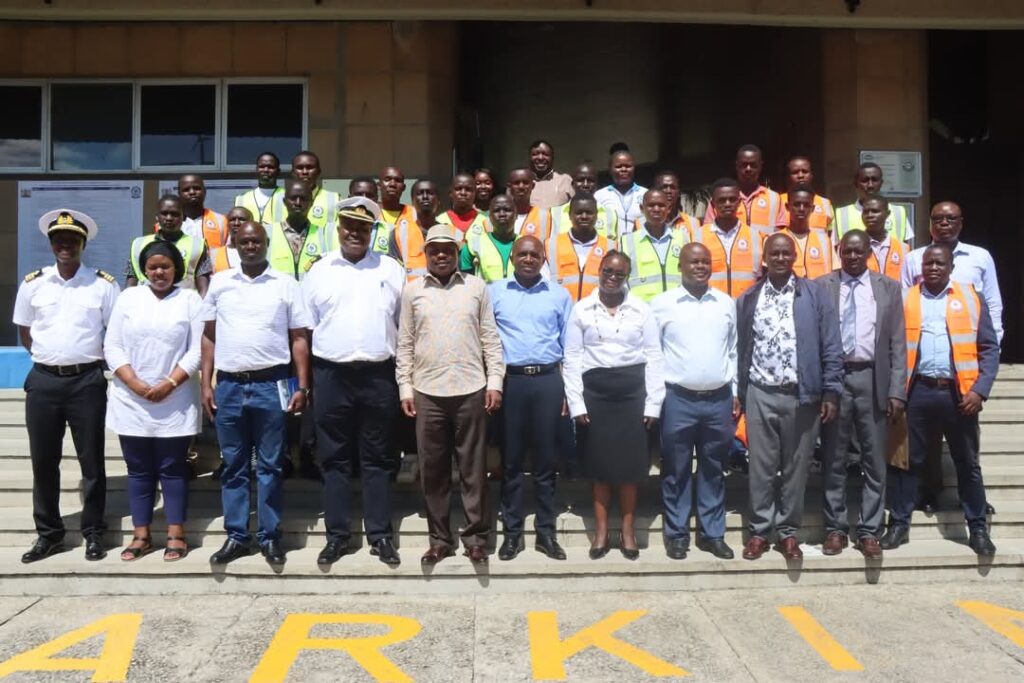
Progress requires coordinated effort across sectors, with each stakeholder contributing their unique resources and expertise.
For too long, Kenya’s inland communities have been effectively excluded from meaningful participation in maritime opportunities, despite the country’s substantial coastline and growing Blue Economy aspirations.
This exclusion has been both geographical and educational—with maritime training facilities concentrated at the coast and inland populations lacking awareness of potential career paths. Yesterday’s ceremony, represents an important step in dismantling these barriers.
The success of these 24 graduates should challenge our collective thinking about skills development in Kenya.
First, it reminds us that talent exists throughout our nation, often requiring only the right opportunity to flourish.
Second, it demonstrates that with proper training, Kenyans from all regions can participate in specialized economic sectors previously considered inaccessible to them.
Finally, it shows that targeted interventions can yield tangible results more quickly than broad, unfocused educational reforms.
As we congratulate these pioneering graduates, we should also recognize their achievement as a proof of concept—one that merits expansion.
The Blue Economy represents just one untapped opportunity for skills development.
Similar initiatives could connect inland communities to emerging sectors like renewable energy, digital services, and specialized agriculture.
The journey from the valleys of Kerio to the vast possibilities of maritime employment symbolizes Kenya’s broader potential for transformation through education.
When we invest in people—recognizing their existing talents while equipping them with globally recognized credentials—we create not just employment but opportunity multipliers that benefit communities for generations.
These 24 graduates have navigated their way from freshwater gorges to the possibilities of international waters.
Their achievement should inspire similar voyages of transformation across Kenya’s educational landscape.
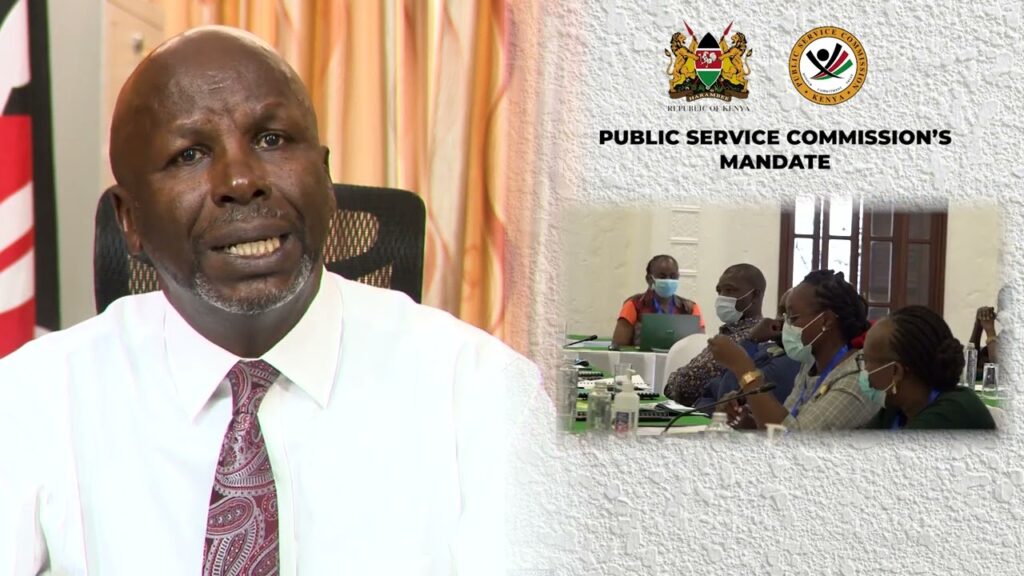
More importantly, their training directly addresses the safety crisis on our inland waterways—where lack of proper training has contributed to thousands of preventable deaths.
Each certified graduate represents not just personal economic opportunity, but the potential to save countless lives through improved safety standards and professional operations on our lakes and waterways.
The writer is a Maritime Affairs Analyst and Maritime Policy Advocate.

